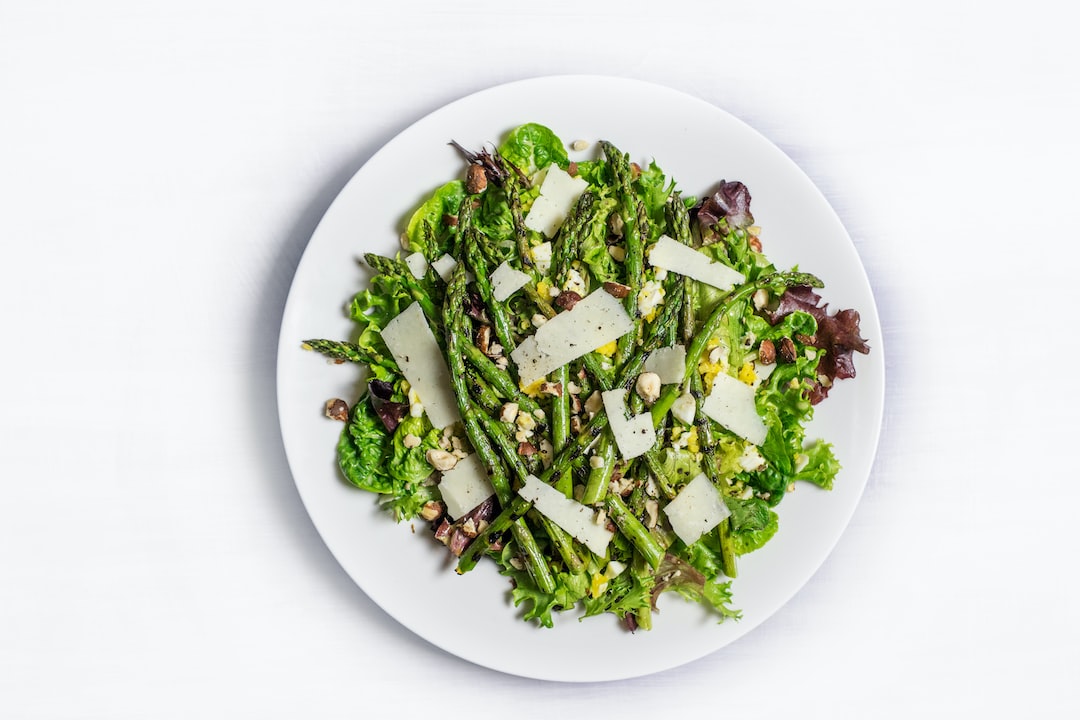Wine is an indispensable companion for food enthusiasts. The right wine pairing enhances flavors, balances tastes, and adds to the ambience of the dining experience. With so many varieties of wine and countless dishes to pair them with, it can be overwhelming to know where to start. However, a great wine pairing does not have to be complicated. Understanding a few basic principles can help you to create the perfect pairing of wine and food.
Pairing wine with food is less about matching and more about contrasting or complementing flavors. Consider the weight, texture, and intensity of the food and wine being paired. Lighter wines pair well with lighter dishes, while full-bodied wines are ideal for heavier, richer foods. Acidic wines complement acidic dishes, balancing the sour flavor profiles. Sweet wines are best paired with desserts, creating a memorable finish to the meal. When choosing a wine, also remember to take into account the region and grape variety the wine is produced from, as they often exhibit unique flavor profiles that can add depth to your pairing.
Starting with white wines, Sauvignon Blanc is an excellent option for fish, salads, and vegetables. Its high acidity, together with its tropical fruit flavors, helps to bring out the flavors in seafood and balances the bitterness of some vegetables. Chardonnay, another popular white wine, matches well with cream-based dishes and poultry, particularly if the dish includes butter, cheese, or cream sauces, as its buttery, creamy texture pairs well with the richness of those dishes.
Red wines vary from light to full-bodied, with Pinot Noir being a great option for light or delicate dishes, such as roasted chicken, salmon, or mushrooms. Its smooth, earthy flavors complement lighter dishes without overpowering them. Merlot is great with grilled meat, particularly beef, as its smooth, soft, and fruity flavors enhance the smokiness of grilled meats. Meanwhile, Cabernet Sauvignon, a full-bodied wine, pairs well with rich beef dishes.
Sparkling wines are also surprisingly versatile with food. Brut sparkling wines, particularly champagne, are perfect accompaniments to salty foods like caviar and oysters. It’s also an excellent choice for high-fat dishes like pork belly or fried foods, as the bubbles in the wine cut through the heaviness of the food. Rosé sparkling wine is also a great option for summer salads and light seafood dishes.
Finally, sweet wines, such as Port and Sauternes, have a reputation for being enjoyable as dessert wines. Port is ideal for pairing with dark chocolate desserts, whilst Sauternes are a great match for fruit tarts and classic cheesecake. These wines act as substitutes for dessert itself, providing sweet, rich flavors while refreshing the palate to ready to enjoy another bite.
In conclusion, the perfect pairing of wine and food requires some knowledge but does not have to be complicated. Understanding the basic principles of weight, texture, intensity, and flavor profile is key to creating an enjoyable dining experience. Experiment, taste, and discover your preferred pairings. At the end of the day, it’s your taste preferences that matter most.

